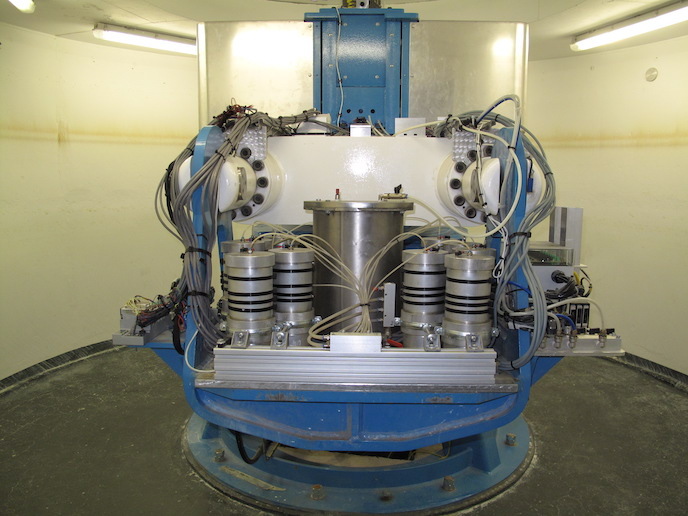Green future for polyurethane
All plastic products are made from an essential polymer (such as polyurethane) mixed with a complex blend of materials known as additives. Polyurethane production in Europe exceeds 13 million tonnes every year. At present, around 50 % of polyurethane waste is disposed of through landfills, and a great part of this contains additives and pigments. Within CLEARPLAST (Development of extraction process for removal of pigments and additives for recycling of polymers), scientists worked to develop different methods to remove pigments and additives from scrap polyurethane. Work was firstly geared towards developing a pigment extraction process that involved use of supercritical carbon dioxide. Although this supercritical fluid has hitherto been used for adding pigments to polymers or removing additives from polyurethanes, it proved not so efficient in removing pigments from polyurethanes. Use of other supercritical solvents, surfactants or high-temperature filtration for extracting pigment was not successful. The team shifted its focus to alternative extraction methods based on more conventional technologies such as solvent recrystallisation and filtration. This method was mainly used for extracting organic pigments from polyurethane. Another part of project work related to extracting inorganic pigments using an acidic solvent, which led to filing a patent application. Given that nearly 50 % of plastic waste in the EU ends up in landfills, much energy and processed raw material is lost instead of being recycled into new products. Project activities are in line with the 2008 Waste Framework Directive (WFD), which lays the basis for turning the EU into a recycling society. The WFD with its 2015 separate plastic waste collection target as well as the Directive on packaging and packaging waste also have specific plastic waste targets.







